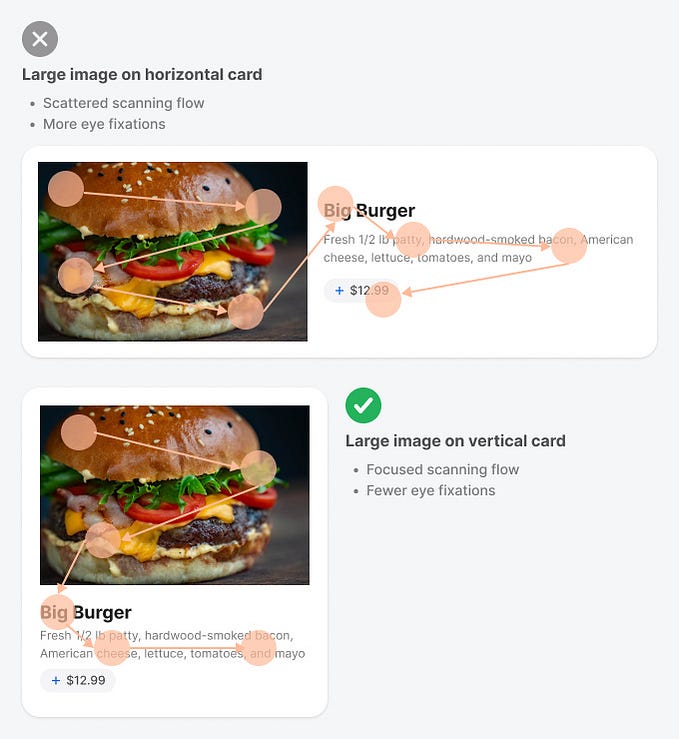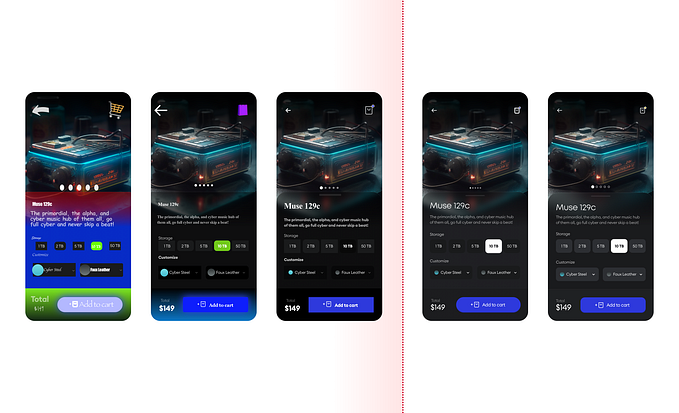The 5 Most Important UX Principles for Front-End Development

User experience (UX) is the cornerstone of successful front-end development. As websites and web applications become increasingly complex, delivering an exceptional user experience has never been more critical. Here are the five most important UX principles for front-end development:
- Responsive Design: In the era of multiple devices and screen sizes, responsive design is non-negotiable. Ensure that your website or application adapts seamlessly to various screen sizes, from desktop monitors to smartphones. A responsive design guarantees that users can access and interact with your content comfortably, no matter the device they use.
- Intuitive Navigation: Navigation should be intuitive and straightforward. Users should easily find what they’re looking for without excessive clicks or guesswork. Utilize clear menu structures, logical hierarchies, and well-labeled links to guide users through your content.
- Fast Loading Times: Slow-loading websites frustrate users and increase bounce rates. Optimize your front-end code and assets to reduce loading times. Compress images, minimize HTTP requests, and leverage browser caching to deliver a swift and seamless experience.
- Accessibility: Accessibility isn’t just a legal requirement; it’s a moral imperative. Make sure your front-end development is accessible to all users, including those with disabilities. This means adhering to WCAG (Web Content Accessibility Guidelines) standards, using semantic HTML, providing alternative text for images, and ensuring keyboard navigation is functional.
- Consistency and Feedback: Consistency in design and interactions fosters user trust and familiarity. Ensure that buttons, forms, and elements have a consistent appearance and behavior throughout your website or application. Moreover, provide feedback to the users when they perform actions. For instance, show loading indicators during data submissions, and offer clear error messages if something goes wrong.
Incorporating these UX principles into your front-end development process can significantly enhance user satisfaction and drive better engagement. Remember that UX is an ongoing effort. Regularly gather feedback, conduct usability testing, and stay updated on emerging design trends and user preferences to continually refine and improve your front-end development efforts.
In conclusion, front-end development isn’t just about creating a visually appealing interface; it’s about delivering an exceptional user experience. By prioritizing responsive design, intuitive navigation, fast loading times, accessibility, and consistency, you’ll build websites and applications that not only look great but also provide users with seamless and enjoyable interaction.








